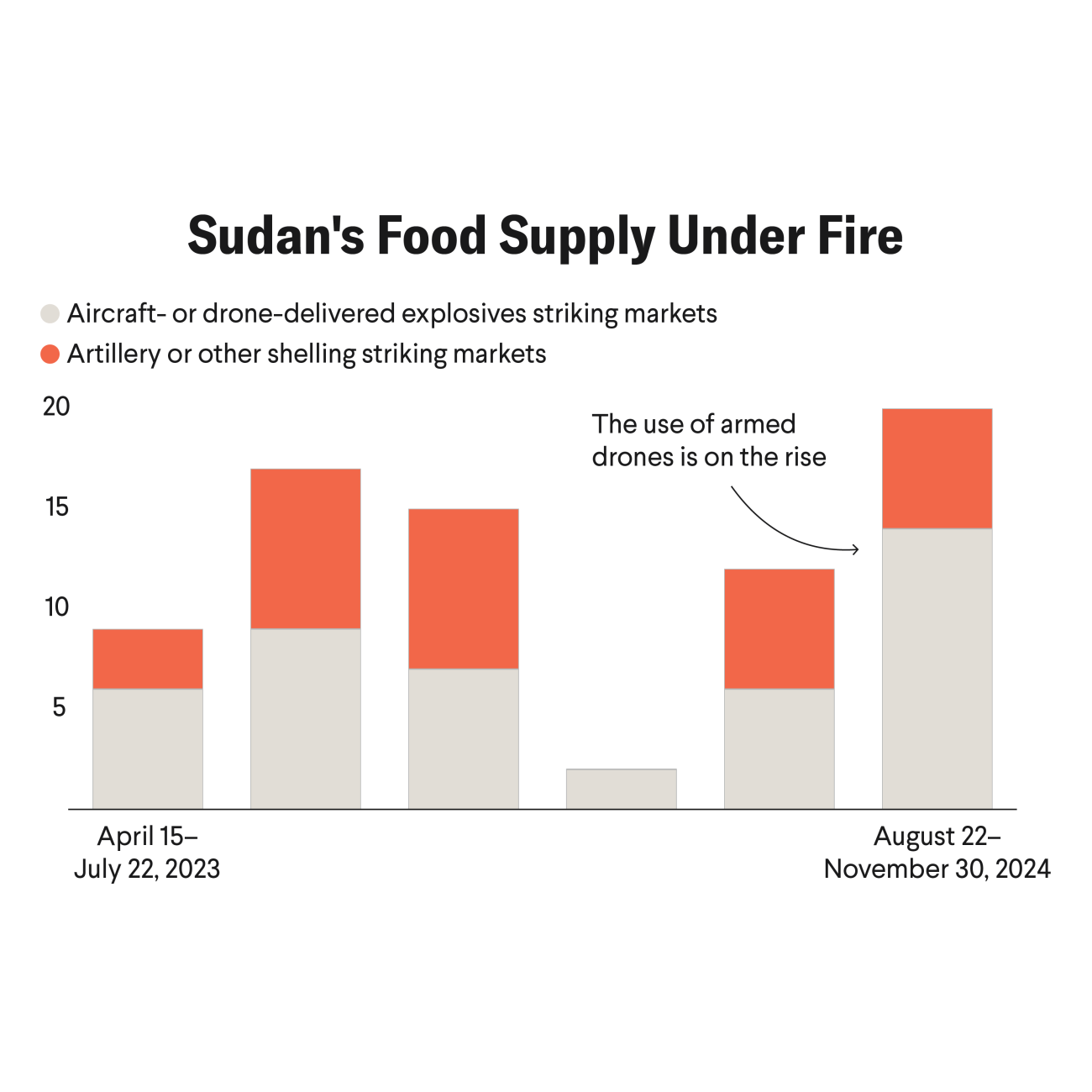Priyanshi Gupta, an 18-year-old student at a management college in Kanpur, India, spends most of her day on campus, attending classes or hanging out with her friends. Many of her meals come from the campus canteen, which sells carbonated beverages, chips, biscuits, and burgers, along with staples such as rice and curry.
"Most of the time, when hungry, I opt for foods like chips because they are tasty and easily available," says Gupta.
Like many other her age, Gupta has given up the traditional eating patterns of her parents and is moving to a more heavily processed, Western-style diet. Daliya (homemade wheat or millet porridge) has given way to breakfast cereals. Soda and juice have dethroned shikanji (lemonade) and sharbat (a drink made with fruits, herbs, and flowers). Traditional Indian flatbreads such as chapati and paratha have been replaced by pizza and pie. Payasam and kheer—desserts made from rice and milk—are not as chic as ice cream, cakes, and donuts.
Gupta and her friends dine out often, choosing calorie-dense and nutrient-poor processed foods such as burgers, fries, soda, and shakes more than traditional Indian fare, she says: "Me and my friends like eating out at fancy restaurants and posing with beautifully styled drinks and dishes because these pictures look cool and aesthetic on Instagram."
Now, researchers want the government to establish thresholds for sugars, salt, and fats in ultra-processed foods (UPFs)—better known as junk foods—so that warning labels and advertising bans can be put in place. These benchmarks will be a standard for introducing higher taxes on UPFs. Public health experts in India say that misleading information and nutrition claims about UPFs are contributing to the health crisis.
India "must protect its population from the rapidly rising negative health effects of increasing UPF consumption," says Arun Gupta, a pediatrician who heads India's Nutrition Advocacy for Public Interest (NAPi) and a former advisor to the Prime Minister's National Council on Nutrition Challenges. "If trends are not reversed, it would not take much time for India to reach a noncommunicable disease and obesity scenario now seen in developed countries like the United States and United Kingdom."
In September 2023, NAPi, which is made up of public health experts, consumer groups, lawyers, youth, and patient groups, published a report titled The Junk Push: Rising Consumption of Ultra-Processed Foods in India—Policy, Politics and Reality. The authors call on the national government to take action to check the soaring consumption of UPFs, which tend to be high in fat, sugar, and salt.
India's diet has been reshaped over the course of a single generation, and an appetite for UPFs is now widespread across the country. An average Indian household derives more calories from processed foods than fruits, a 2020 study published in The Lancet suggests. The result is a changing pattern of disease and illness related to diet.
An average Indian household derives more calories from processed foods than fruits
"We are in a situation of health doomsday," Gupta says. Products are made with low-cost industrial ingredients such as processed oils, sodium, refined sugars, and starches that, in combination with additives, are used to make the food palatable and attractive. Such products are strongly linked to overconsumption and reduced dietary fiber and drive up rates of obesity, heart disease, and other illnesses.
UPF sales are rising rapidly across the country, and studies report growing popularity in rural and urban areas and across socioeconomic groups. According to Euromonitor International 2019, the sales of processed foods in India almost doubled between 2012 and 2018, from $31.30 to $57.70 per person. A World Health Organization India report found that retail sales of UPFs increased at a compound annual growth rate of 13% from 2011 to 2021 across the country. Sweet biscuits accounted for the largest market share—over 43%—in 2021.
Changing Fortunes and New Diets
India's increasing globalization and urbanization since the 1990s has led to a transformed sociocultural and economic environment, according to a 2022 study on evolving food choices among the urban Indian middle class. A rise in income levels ushered in long workdays and sedentary lifestyles, and higher levels of female employment have decreased the amount of home cooking. Those changes created a target market for multinational food companies such as Coca Cola, Pepsi, and Pizza Hut. The ability to buy many widely advertised processed foods is now seen as an indicator of status.
UPFs are also growing in popularity among lower socioeconomic groups. According to 2016 research from the Journal of Nutrition Education and Behavior, vendors selling cheap packaged snacks and street foods with high levels of fats and trans-fats target urban slums and villages.
The changing food consumption patterns, combined with a lack of physical activity, are giving rise to obesity. India is facing a double burden of malnutrition: undernutrition and overnutrition within the same population. A 2017 report on state-level disease burden by the Indian Council of Medical Research found that diets low in fruits, vegetables, and whole grains but high in salt, sugar, and fat are also responsible for India's increasing disease burden.
Adult obesity in India is predicted to increase at a compound annual growth rate of 5.2% between 2020 and 2035, according to data from the World Obesity Atlas 2023. A separate study published in July 2023 in The Lancet found that the proportion of deaths attributable to obesity rose from 25% in 1990 to 61% in 2016.
The shift to UPFs is already having an impact on the health of younger generations. According to India's National Health and Family Survey for 2019 to 2021, 3.4% of children under five are now overweight relative to 2.1% nearly a decade ago. The World Obesity Atlas 2023 reports that child obesity in India is predicted to increase at a compound annual growth rate of 9.1% between 2020 and 2035. between 2020 and 2035.
Shweta Khandelwal, a senior public health nutritionist at India's Centre for Chronic Disease Control, says that the country is slow in turning its attention to overnutrition because policymakers have for so long focused on malnourishment.
"Acceptance of overnutrition as a looming epidemic is still weak across societal layers and stakeholders," Khandelwal says.
A Food Revolution Fueled by Misinformation
The UPF problem is further compounded by aggressive advertising and celebrity endorsements.
"People want easy health solutions and companies deliver the health halo to customers," says Subba Rao M. Gavaravarapu, a senior scientist and head of Nutrition Information and Communication Division at the Indian Council of Medical Research of the National Institute of Nutrition in Hyderabad. "For example, if the manufacturer calls a biscuit a milk biscuit, mothers tend to think it's healthier and end up giving it to their children."
The UPF problem is further compounded by aggressive advertising and celebrity endorsements
Aggressive marketing to children is also prevalent. Gavaravarapu and colleagues published a study in The Lancet in February 2024 that assessed the efficacy of advertising policies in restricting the marketing of foods high in fat, salt, and sugar (HFSS). Of nine reviewed policies, only one restricted HFSS food advertisements to children across all media. The study suggests expanding the scope of restrictions from child-directed advertising to all advertising that exposes children to UPFs, especially during prime-time television viewership. The authors also call for adoption of food classification systems for defining junk foods.
Gavaravarapu wants campaigns to educate the population about nutrition: "In India, we lack nutrition literacy in terms of understanding what is healthy and what is not, what is nutrient dense and what is not, and making nutrition literacy an integral part of our school syllabus could be the solution."
Gupta says that laws can be easily amended to regulate food advertising to children and restrict industry sponsorship of schools, sports, and public health events. The Junk Push report also advocates for some of these changes.
A motivated and educated population can also push the industry to make its products become more healthful, which is starting to happen in India. A young influencer, Foodpharmer, posted on social media about Bournvita, a children's health drink made with a lot of sugar, and rebutted its health claims. The post garnered nearly 12 million views and led to a chain reaction that forced Cadbury to decrease the sugar content in the popular chocolate malt drink.
Gupta, says that she has one thing going for her diet: she can still go home to her parents' place to get home-cooked food, a luxury many of her friends lost by going to school farther away.
"I am starting to eat daliya for breakfast and eat dinner at home, and am realizing that home-cooked food is healthier and more nutritious and good for weight control."





